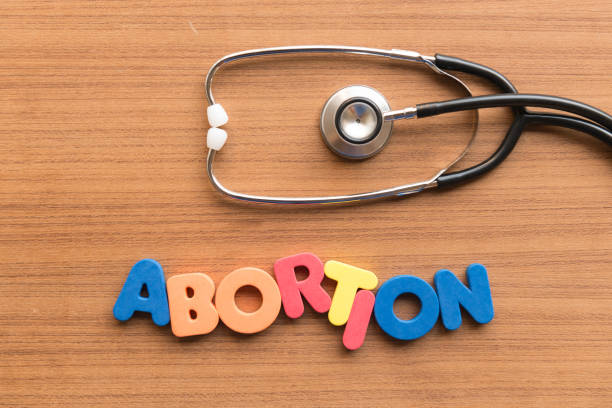The Economic Implications of Abortion Costs within the United States

Introduction:
Abortion has been a noticeably debated and arguable topic in the United States, with discussions frequently focusing on moral, ethical, and prison components. However, one element that is regularly not noted is the financial impact of abortion costs in the US. In this newsletter, we will delve into the financial implications of abortion within the United States, exploring how the related prices affect individuals, healthcare systems, and the broader economy.
Individual Financial Burden:
The fee for abortion within the United States can vary depending on factors including the method chosen, the gestational age of the pregnancy, and the healthcare provider. On common, a first-trimester abortion can cost between $500 and $1,000, at the same time as 2d-trimester processes may range from $1,000 to $2,000 or more. For many people, particularly those facing monetary demanding situations, these charges can grow to be a sizeable burden.
Economic Impact on Healthcare Systems:
The monetary burden of abortion isn’t borne solely by way of individuals. Healthcare systems also face financial implications due to the provision of abortion offerings. Publicly funded healthcare applications, which include Medicaid, cover abortion fees in certain instances, putting pressure on government budgets. In states with restrictive abortion legal guidelines, public funding for abortion can be restrained, similarly impacting the accessibility of those services.
Conversely, ensuring low-priced and handy abortion services could have effective monetary results on healthcare systems. Timely and safe abortions can save you the want for more pricey medical interventions or headaches that could arise from undesirable pregnancies. By offering reachable abortion offerings, healthcare structures can make contributions to average value savings and stepped forward public fitness results.
Workforce Participation and Economic Productivity:
Unintended pregnancies can have an instantaneous effect on a group of workers’ participation and monetary productiveness. When individuals are not able to get the right of entry to less costly abortion offerings, they’ll face expanded challenges in pursuing education and keeping solid employment. This can result in better prices for unplanned pregnancies and, consequently, a discount on an ordinary team of workers’ productivity.
Moreover, the economic impact of abortion prices extends to gender disparities within the team of workers. Women, who regularly bear a disproportionate proportion of childcare duties, may face additional monetary and career limitations while unable to get admission to abortion services. This perpetuates gender inequality inside the place of business and hinders the general financial development of ladies.
Social Welfare Programs and Government Expenditure:
The financial implications of abortion costs also extend to social welfare packages and authorities’ expenditures. Unintended pregnancies can grow the demand for public help programs, consisting of food stamps and Medicaid, putting an extra economic burden on government resources. By addressing the basic cause via inexpensive abortion offerings, policymakers can lessen the pressure on social welfare programs and allocate resources more efficaciously.
How Much Does An Abortion Cost?
According to Planned Parenthood, a primary-trimester abortion expenses $three hundred-$950. Second-trimester abortions value $1200-$2100 or extra. Third-trimester abortions are quoted in my opinion but are pronounced to be more than $5,000.
The unique cost of an abortion relies upon the type of procedure and the way ways alongside you’re in the pregnancy. The rate rises as pregnancy progresses. Price additionally varies using issuer; clinics and private practice abortionists typically offer decreased costs than hospitals.
Typical Cost Of Abortion:
• Medication Abortion / Abortion Pill (inside 10 weeks gestation): $350-$650
• Suction Aspiration / Vacuum Abortion (6-12 weeks gestation): $600-$one thousand
• Dilation and Curettage (13-sixteen weeks gestation): $850-$1600
• Dilation and Evacuation (17-21 weeks gestation): $1500-$2100
Find out what your expenses will be. The expenses above are not all-inclusive as they do now not think about tour fees, lost wages, pain medication, and elements.
Conclusion:
While abortion is a deeply polarizing issue, it is crucial to consider its financial implications alongside the ethical and moral debates. Affordable and available abortion offerings not handiest alleviate the financial burden on people but also contribute to high-quality financial results for healthcare structures, the workforce, and government expenditure. Striking stability between personal autonomy and societal well-being is important for crafting guidelines that address the multifaceted nature of abortion in the United States.

Comments are closed.